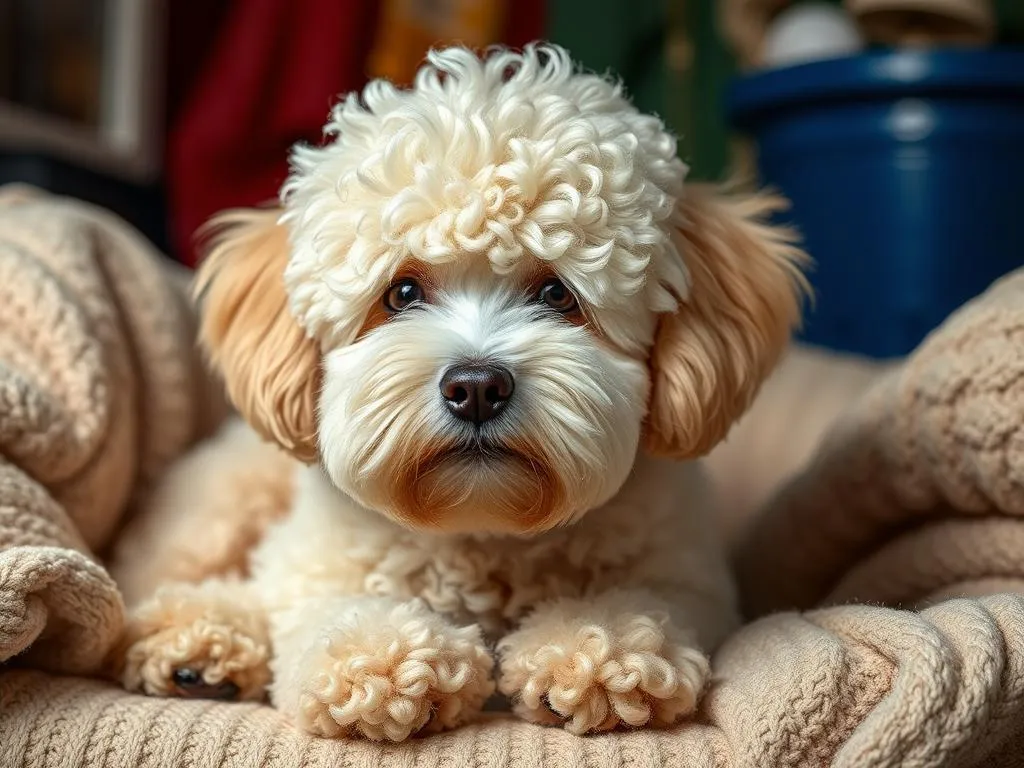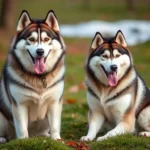
Understanding dog breeds is essential for potential pet owners, as each breed has unique characteristics, temperaments, and care requirements. One breed that has gained popularity in recent years is the Bichon Frise. Known for their affectionate nature and cheerful disposition, these little dogs often capture the hearts of many. A common concern among prospective Bichon Frise owners is whether these dogs shed a lot. This article delves into the shedding habits of Bichon Frises and compares them to other breeds, providing valuable insights into their grooming needs and care.
Understanding Dog Breeds
Definition of Dog Breeds
A dog breed is a specific group of domestic dogs with distinct physical and behavioral traits. Breeds are typically classified based on lineage and shared characteristics, which can include size, coat type, temperament, and more. Understanding these traits is crucial for selecting a breed that aligns with your lifestyle.
Factors Influencing Shedding
Several factors can influence a dog’s shedding patterns:
- Genetic factors: The genetic makeup of a breed plays a significant role in its shedding tendencies. Some breeds are naturally predisposed to shed more than others.
- Environmental influences: Changes in the environment, such as temperature and humidity, can affect a dog’s coat and shedding behavior.
- Health and diet considerations: A dog’s health status and diet can also impact shedding. Nutritional deficiencies or underlying health issues may lead to excessive shedding.
Overview of the Bichon Frise
Breed Characteristics
The Bichon Frise is a small breed typically weighing between 10 to 20 pounds. They have a distinctive curly coat that is soft and fluffy, giving them a charming appearance. Known for their cheerful and playful demeanor, Bichon Frises are excellent companion dogs and tend to get along well with families and other pets.
Grooming Needs
Regular grooming is crucial for maintaining the health and appearance of a Bichon Frise’s coat. Their unique fur requires frequent brushing to prevent matting and tangles. Recommended grooming tools include slicker brushes, combs, and clippers for trimming.
Shedding in Bichon Frises
Do Bichon Frises Shed a Lot?
When it comes to shedding, the Bichon Frise is often considered a low-shedding breed. They have a non-shedding coat that does not release hair in the same way that many other breeds do. Instead, they lose hair slowly, which means that regular grooming is essential to keep their coat healthy and reduce the amount of loose fur in your home. Compared to high-shedding breeds, such as Labradors or German Shepherds, Bichon Frises shed significantly less.
Shedding Seasons and Patterns
Bichon Frises may experience minor seasonal shedding, but it is generally less pronounced than in other breeds. Unlike some dogs that shed heavily during spring and fall, Bichon Frises maintain a relatively steady coat throughout the year. However, factors like stress, illness, or changes in diet can influence their shedding patterns.
Myths and Misconceptions
There are many myths surrounding Bichon Frises and their shedding. One common misconception is that they are entirely hypoallergenic. While they do shed less, it is essential to note that no dog is completely hypoallergenic. Allergens can still be present in a Bichon Frise’s skin and saliva, which may affect individuals with allergies. Understanding these facts can help prospective owners make informed decisions.
Comparison with Other Breeds
Low-Shedding Breeds
Several other breeds are known for their low-shedding characteristics, including:
- Poodle: Available in standard, miniature, and toy sizes, Poodles have a curly coat similar to the Bichon Frise and require regular grooming.
- Yorkshire Terrier: This small breed has a fine, silky coat that sheds minimally, making them suitable for allergy sufferers.
- Maltese: With their long, flowing hair, Maltese dogs shed very little, though they need consistent grooming.
While these breeds share low-shedding traits, grooming needs may vary, and each breed has unique characteristics that prospective owners should consider.
High-Shedding Breeds
In contrast, high-shedding breeds can require more frequent cleaning and maintenance. Some examples include:
- Labrador Retriever: Known for their friendly demeanor, Labradors shed heavily, especially during seasonal changes.
- German Shepherd: These intelligent and loyal dogs have a double coat that sheds year-round, requiring diligent grooming.
Owning a high-shedding breed often means dealing with more dog hair in the home and potentially more frequent cleaning.
Hybrid Breeds
Hybrid breeds that include Bichon Frises, such as the Bichon Poodle mix (often referred to as a Bichoodle), can also exhibit low-shedding tendencies. These hybrids may inherit the low-shedding coat of their Bichon parent while benefiting from the intelligence and versatility of the Poodle. Shedding tendencies can vary in hybrids, so individual characteristics should be evaluated.
Managing Shedding in Bichon Frises
Grooming Techniques
To effectively manage shedding in Bichon Frises, regular grooming is essential. It is recommended to brush their coat at least two to three times a week to prevent matting and keep their fur looking its best. Bathing should occur every four to six weeks, using a gentle dog shampoo to maintain coat health.
Diet and Health
A balanced diet is crucial for maintaining coat health and reducing shedding. High-quality dog food rich in omega fatty acids can promote a shiny, healthy coat. Additionally, incorporating supplements such as fish oil or flaxseed oil may help minimize shedding and improve skin condition.
Environmental Factors
Managing the indoor environment can also play a significant role in controlling allergens and loose dog hair. Regular vacuuming and the use of air purifiers can help reduce allergens in the home. Additionally, providing a clean sleeping area for the Bichon Frise can contribute to a healthier living environment.
Conclusion
In summary, Bichon Frises are generally low-shedding dogs, making them a popular choice for individuals and families concerned about dog hair in their homes. Understanding the grooming needs, shedding patterns, and care requirements of the Bichon Frise is vital for potential owners. By considering individual needs and preferences, you can make an informed decision about adding a Bichon Frise to your family. With the right care, these delightful dogs can bring joy and companionship without the burden of excessive shedding.









